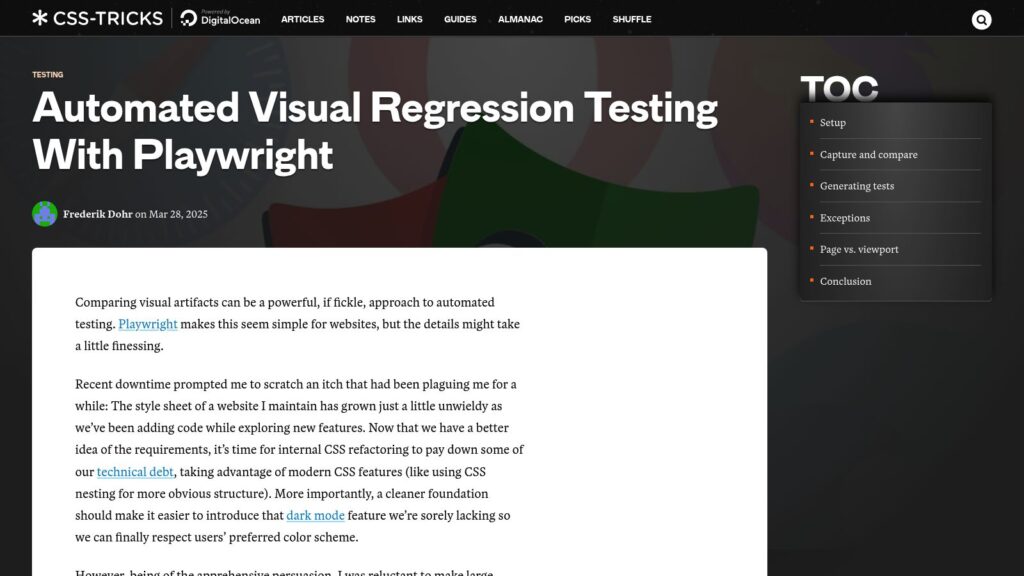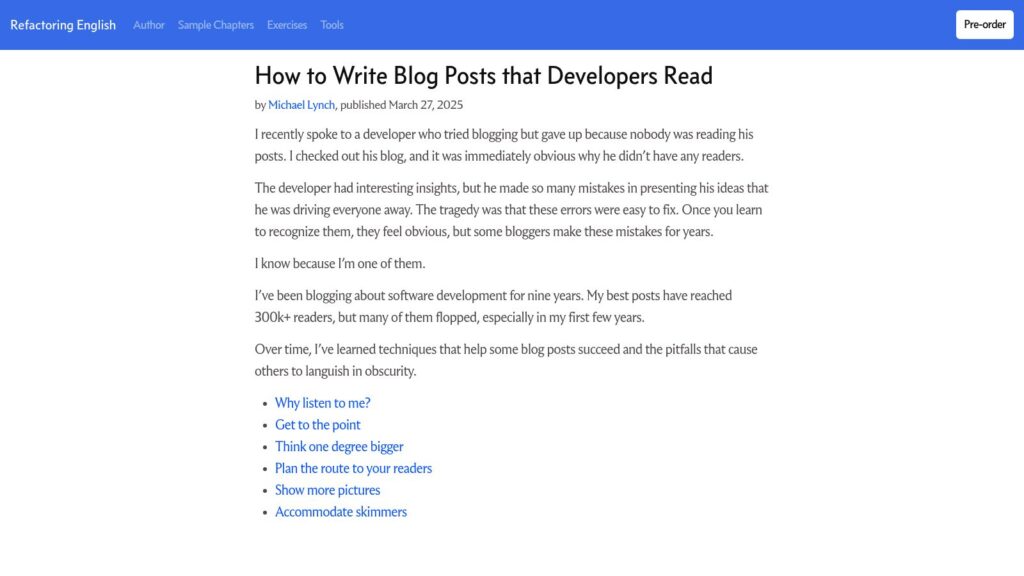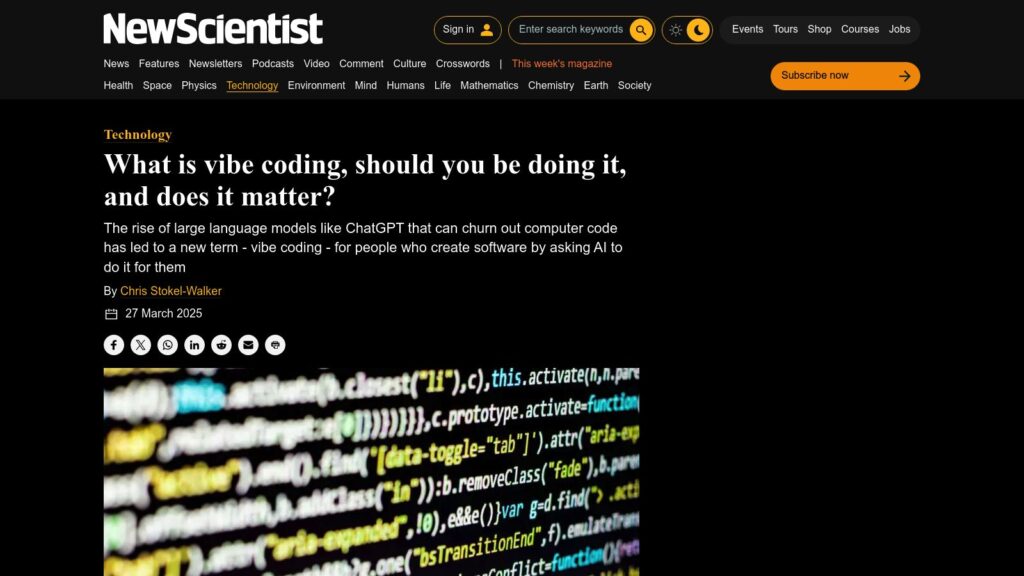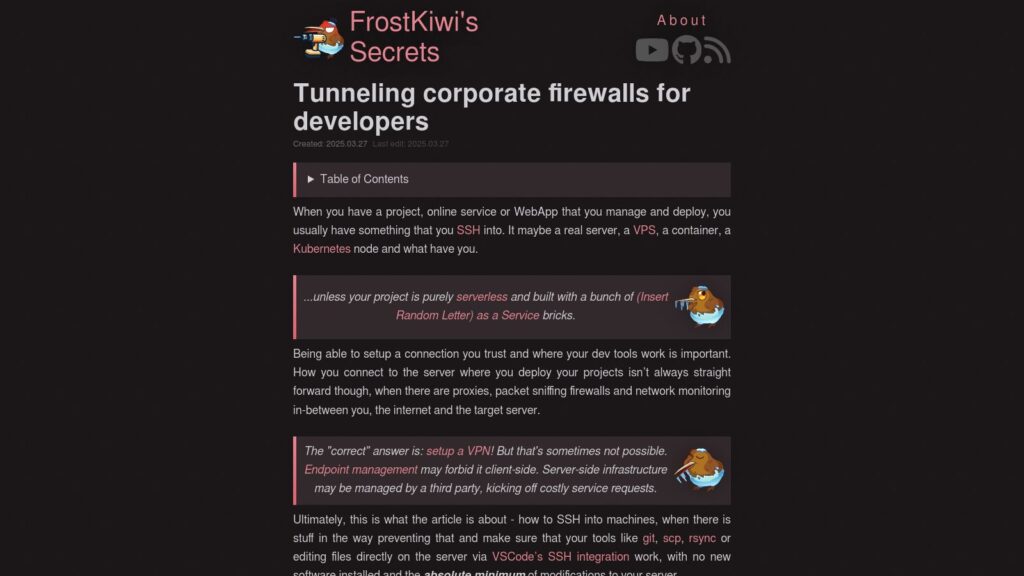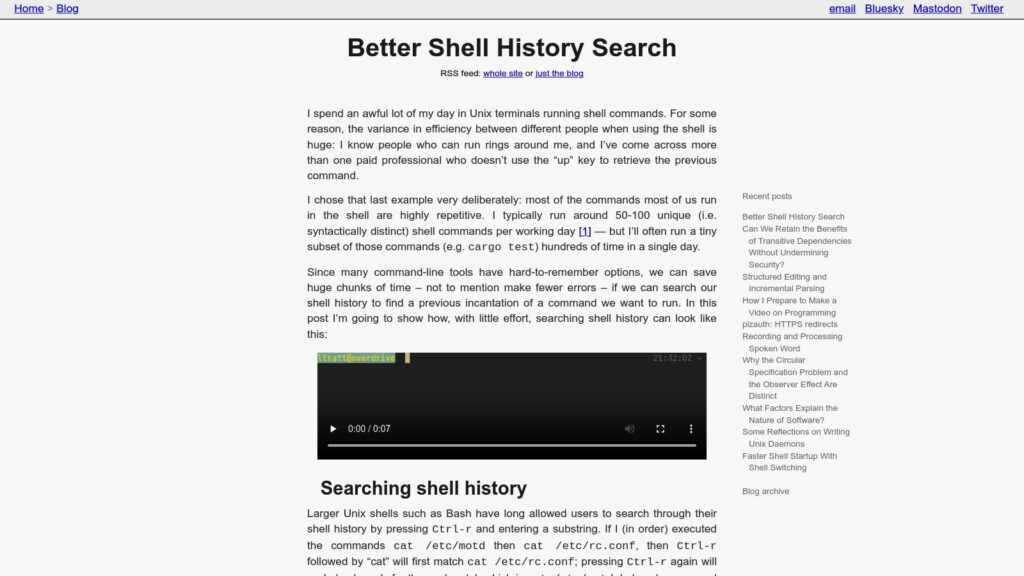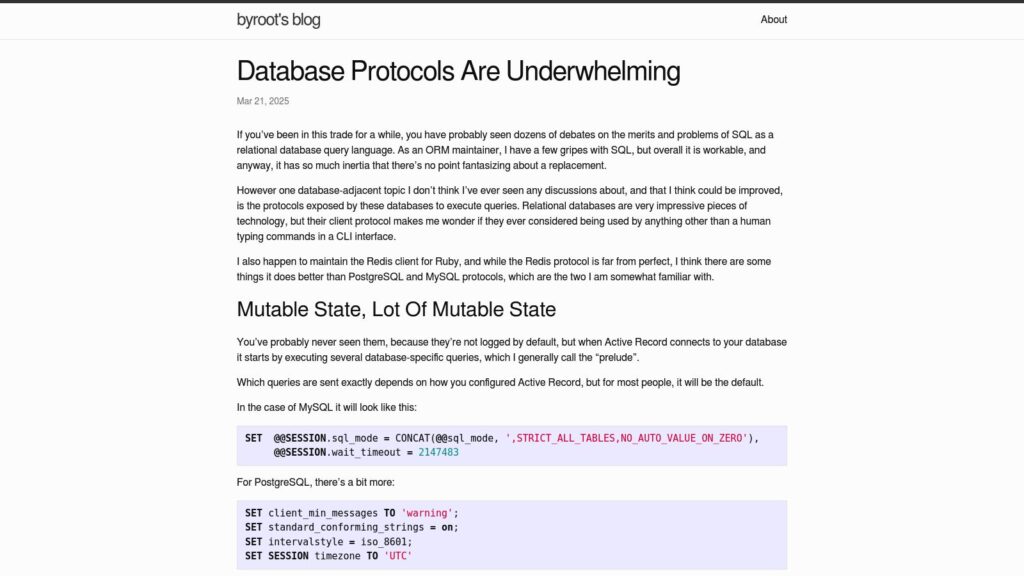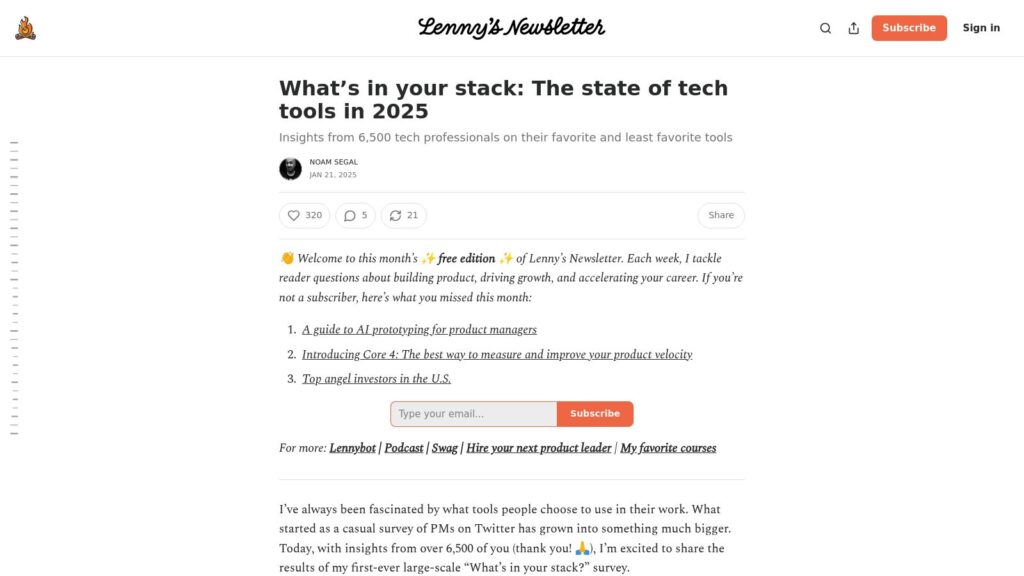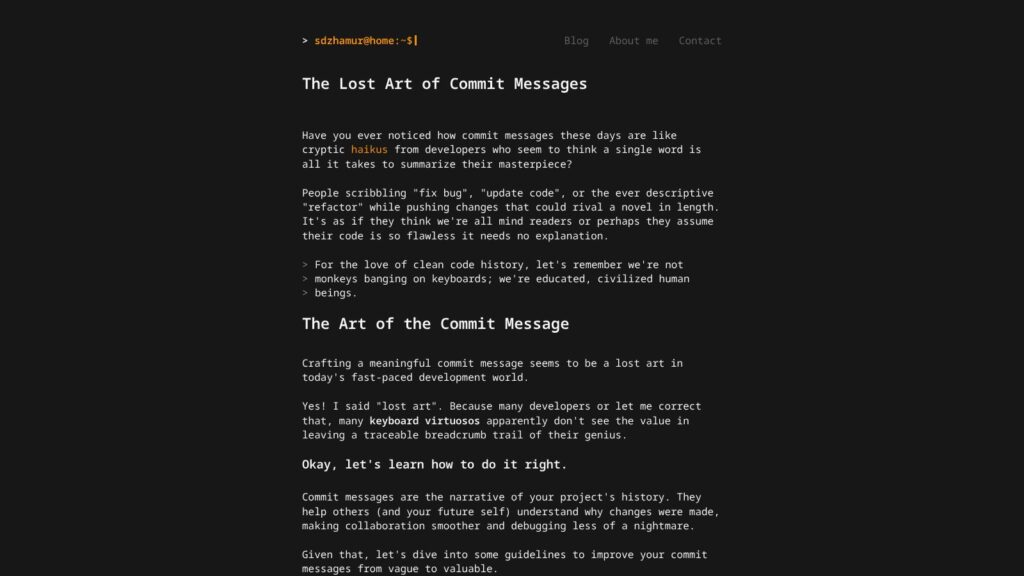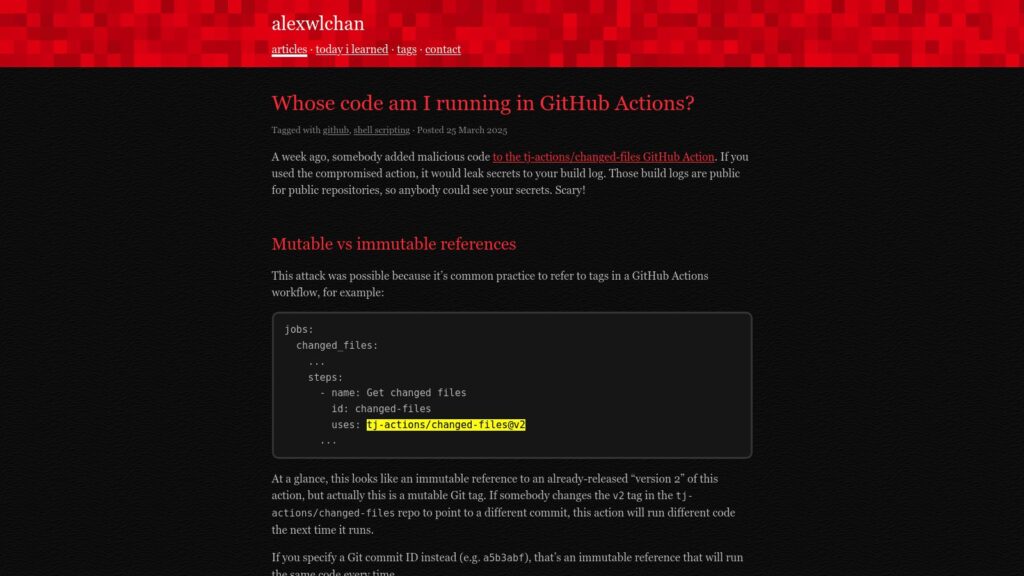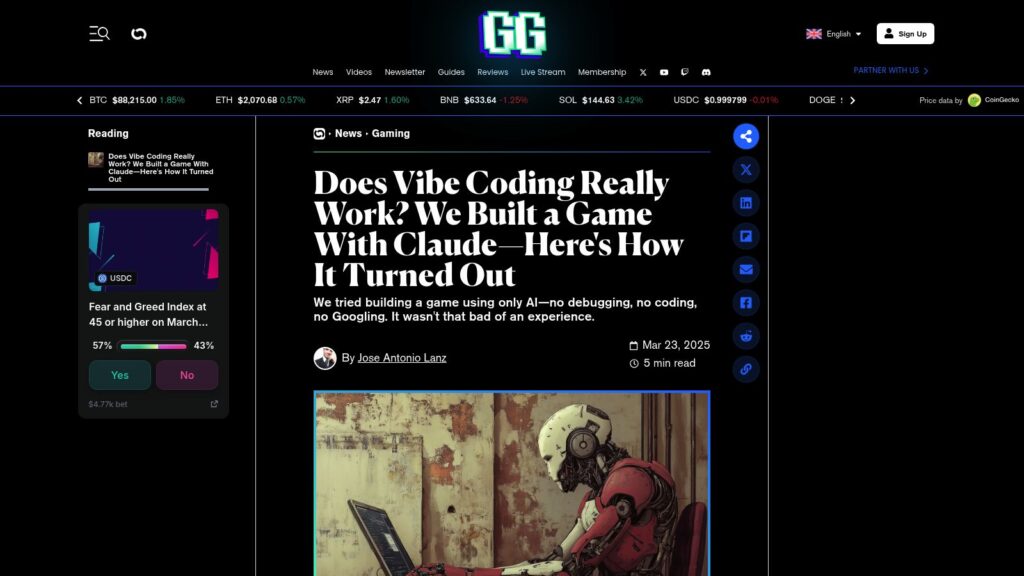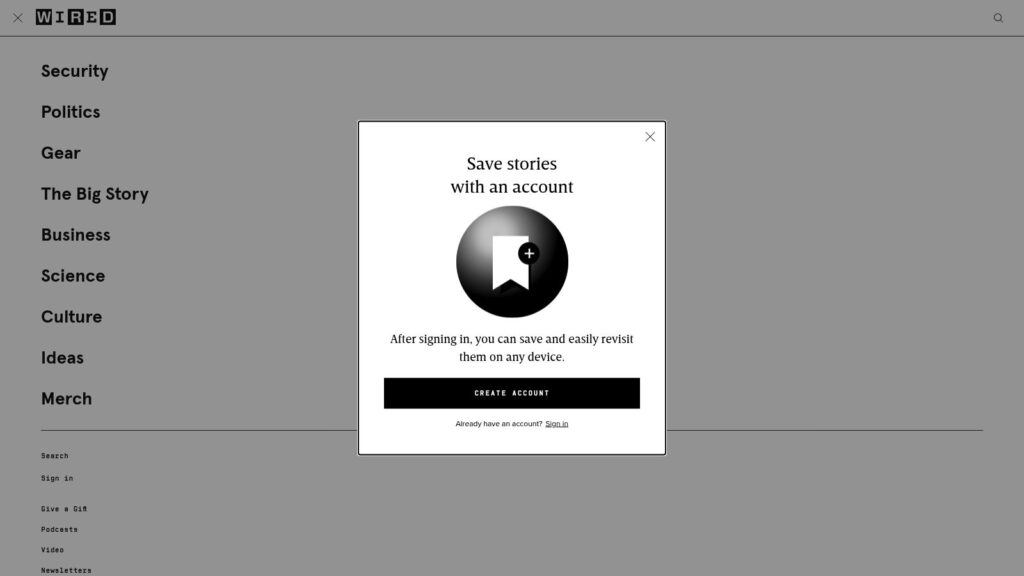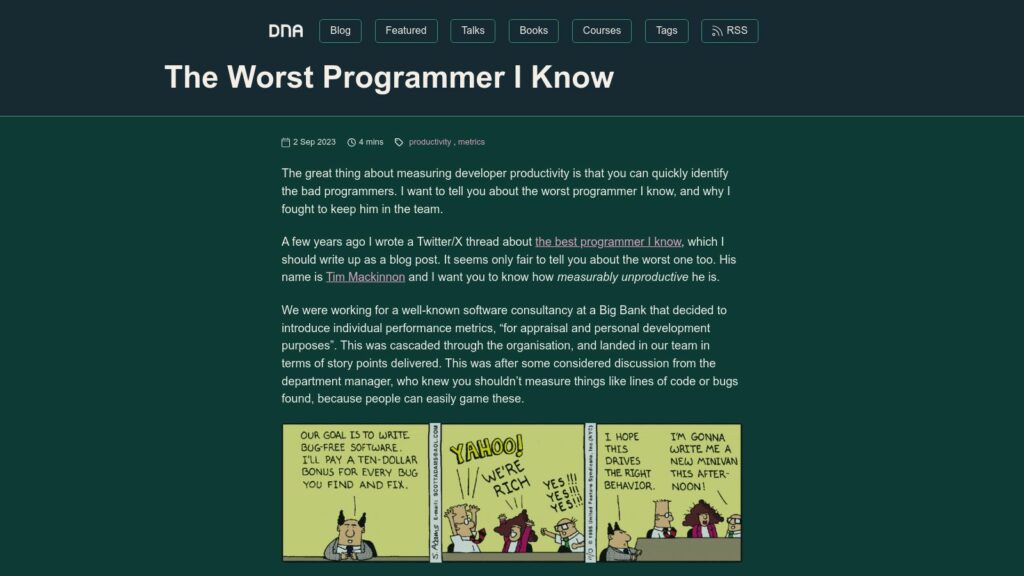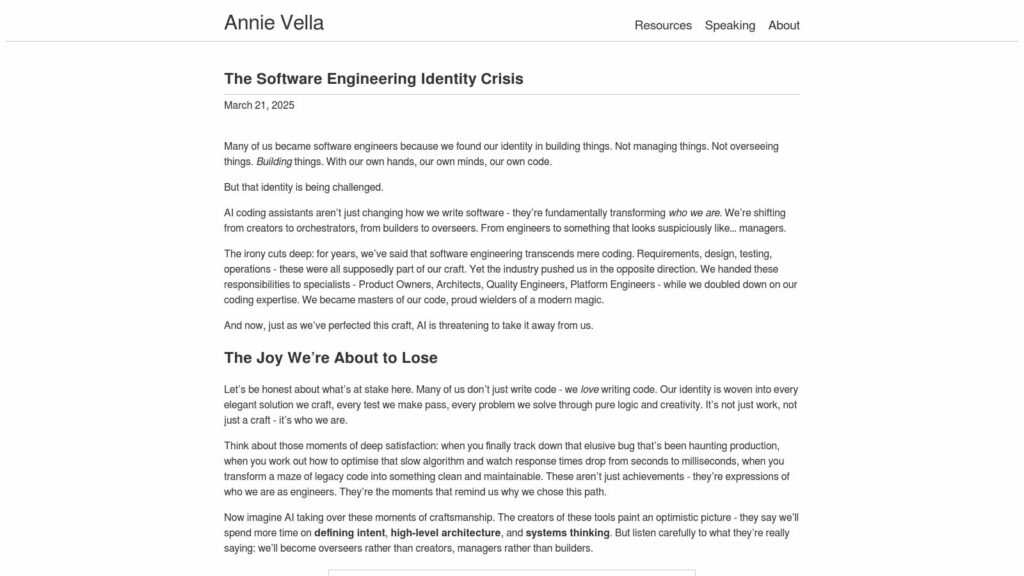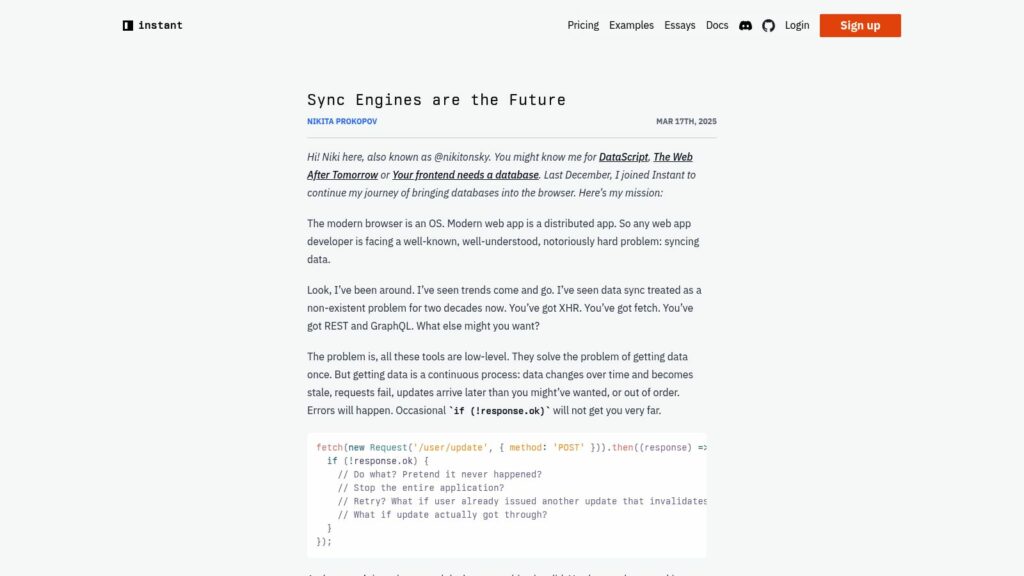Automated Visual Regression Testing With Playwright
Automated visual regression testing with Playwright allows for easier comparison of visual artifacts on websites. The author aims to refactor CSS for better structure and dark mode functionality while fearing bugs from large changes. Playwright's snapshot testing can facilitate this by taking screenshots to compare against a baseline, though it can be slow and sensitive to various factors. The setup involves configuring Playwright and creating a dedicated test directory, with a focus on capturing the entire page rather than just the viewport. A site map generator allows for dynamic test creation, and custom CSS can help mitigate flakiness in visual comparisons. Overall, while the process is complex, it addresses the need for reliable testing during development.
https://css-tricks.com/automated-visual-regression-testing-with-playwright/

